Home>Articles>What Does L6 Mean On A Carbon Monoxide Detector
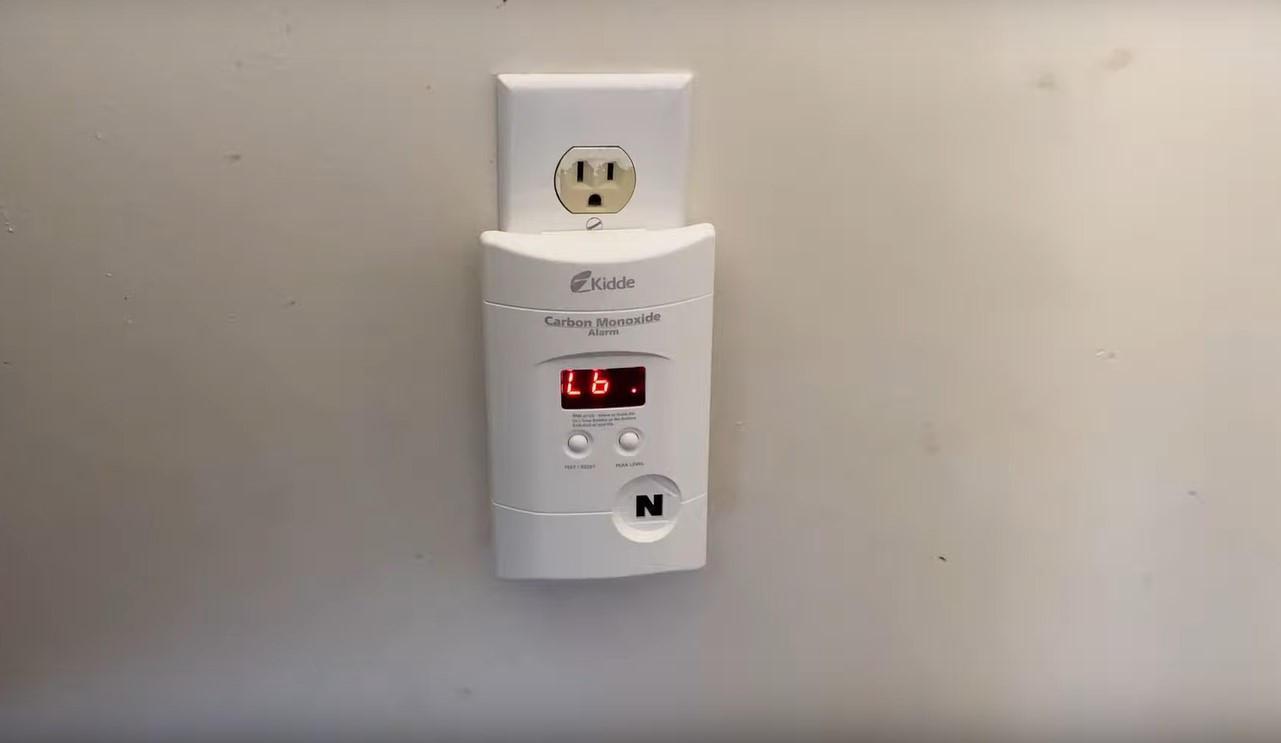

Articles
What Does L6 Mean On A Carbon Monoxide Detector
Modified: August 28, 2024
Want to know what L6 means on a carbon monoxide detector? Check out our informative articles for all the information you need!
(Many of the links in this article redirect to a specific reviewed product. Your purchase of these products through affiliate links helps to generate commission for Storables.com, at no extra cost. Learn more)
Introduction
Carbon monoxide (CO) is a colorless, odorless, and tasteless gas that is highly toxic to humans and animals. Due to its invisible nature, carbon monoxide can be extremely dangerous, often leading to unintended poisoning and even death. To protect ourselves and our loved ones from this silent threat, it is essential to have a carbon monoxide detector installed in our homes and other enclosed spaces.
Carbon monoxide detectors are designed to continuously monitor the air for the presence of this poisonous gas. They are equipped with various sensors and alarms that alert us when carbon monoxide levels reach dangerous concentrations. These detectors play a crucial role in safeguarding our well-being and providing early warning signs in case of a potential carbon monoxide leak.
However, like any electronic device, carbon monoxide detectors can experience errors or malfunctions. One common error code that users may encounter is “L6.” If you see this error message displayed on your carbon monoxide detector, it is important to understand its meaning and take appropriate action.
In this article, we will explore what the L6 error code on a carbon monoxide detector signifies, its potential causes, and how to troubleshoot it. By understanding the significance of this error code and knowing how to address it, you can ensure the proper functioning and reliability of your carbon monoxide detector.
Key Takeaways:
- Properly functioning carbon monoxide detectors are crucial for early detection of this silent killer, providing peace of mind, preventing poisoning, and ensuring compliance with safety regulations.
- Understanding and addressing the L6 error code on a carbon monoxide detector is vital to ensure accurate detection of dangerous carbon monoxide levels, safeguarding the well-being of occupants.
The Purpose of a Carbon Monoxide Detector
A carbon monoxide detector is a crucial device that is specifically designed to detect the presence of carbon monoxide gas in the air. Its purpose is to provide an early warning system in the event of a carbon monoxide leak, thus protecting the occupants of a building from potential harm and ensuring their safety.
Carbon monoxide is a byproduct of incomplete combustion of fuels, such as natural gas, propane, oil, and wood. Common sources of carbon monoxide in homes include gas furnaces, water heaters, fireplaces, stoves, and vehicles parked in attached garages. When these appliances or systems malfunction or are not properly vented, carbon monoxide can accumulate to dangerous levels.
What makes carbon monoxide particularly dangerous is its ability to rapidly spread and fill a space without being detected by our senses. It is a silent killer, as it is odorless, tasteless, and invisible. Without a carbon monoxide detector, it would be challenging to identify the presence of this deadly gas until symptoms of carbon monoxide poisoning, such as headache, dizziness, nausea, confusion, and difficulty breathing, start to manifest. In severe cases, carbon monoxide poisoning can lead to loss of consciousness, permanent brain damage, and even death.
Carbon monoxide detectors are essential because they can quickly and accurately detect the presence of this toxic gas before it reaches life-threatening levels. They work by constantly monitoring the air for carbon monoxide levels and triggering an alarm if the concentration of carbon monoxide exceeds a certain threshold. Once the alarm sounds, it provides a clear indication that immediate action needs to be taken. This allows occupants to evacuate the premises, ventilate the area, and seek professional help to identify and resolve the source of the carbon monoxide leak.
Furthermore, carbon monoxide detectors are designed to be highly sensitive and reliable, ensuring continuous protection and peace of mind. Many models have additional features like digital displays to show the exact concentration of carbon monoxide in parts per million (ppm) and real-time monitoring to detect even slight increases in carbon monoxide levels.
Overall, the purpose of a carbon monoxide detector is to provide an early warning system to protect individuals and their families from the dangers of carbon monoxide poisoning. By promptly detecting the presence of this deadly gas, carbon monoxide detectors play a crucial role in ensuring the safety and well-being of everyone in the building.
Understanding Carbon Monoxide Levels
When it comes to carbon monoxide monitoring, understanding the different levels and concentrations of this toxic gas is crucial for assessing the potential danger and taking appropriate action. Carbon monoxide levels are typically measured in parts per million (ppm), which indicates the number of carbon monoxide molecules present for every million air molecules. By understanding the significance of different carbon monoxide levels, you can better assess the risk and respond accordingly.
Here is a breakdown of the different carbon monoxide levels:
- 0-9 ppm: At this level, carbon monoxide is typically considered safe, and it is unlikely to pose any immediate health risks.
- 10-35 ppm: Low levels of carbon monoxide in this range are still generally considered safe for most individuals. However, prolonged exposure can lead to mild symptoms such as headaches and fatigue, especially for those with pre-existing health conditions or sensitivity to carbon monoxide.
- 36-99 ppm: Moderately elevated levels of carbon monoxide can cause symptoms to worsen, and individuals may experience increased headaches, dizziness, nausea, and shortness of breath.
- 100-200 ppm: High levels of carbon monoxide pose a significant risk and can cause severe symptoms, including confusion, impaired judgment, loss of coordination, and potentially life-threatening conditions.
- Above 200 ppm: Extremely high levels of carbon monoxide can quickly become life-threatening, leading to loss of consciousness, seizures, and even death.
It’s important to note that even low levels of carbon monoxide exposure over an extended period can have detrimental effects on your health, and anyone experiencing symptoms should seek fresh air immediately and consult a healthcare professional.
It’s always better to err on the side of caution when it comes to carbon monoxide. If your carbon monoxide detector alarms or if you suspect a carbon monoxide leak, it’s important to take quick action to ventilate the area, evacuate the building, and contact emergency services. They have the necessary equipment and expertise to identify and resolve the source of the carbon monoxide leak safely and effectively.
By understanding the different levels and concentrations of carbon monoxide, you can better gauge the potential danger and respond promptly to protect yourself and others from the harmful effects of this toxic gas. Remember, it is always better to prioritize safety and seek professional assistance when dealing with carbon monoxide concerns.
Explanation of L6 on a Carbon Monoxide Detector
If you see the error code “L6” displayed on your carbon monoxide detector, it indicates a specific issue or error that the device has detected. The L6 error code can vary depending on the brand and model of the carbon monoxide detector, but it typically signifies a fault or malfunction that requires attention.
In most cases, the L6 error code on a carbon monoxide detector indicates a problem with the device’s sensor or its ability to accurately detect and measure carbon monoxide levels. This error code is a safety feature meant to notify you that the detector may not be functioning properly and may not reliably detect dangerous carbon monoxide concentrations.
When the L6 error code appears, it is vital to take immediate action to troubleshoot the issue and ensure the proper functioning of your carbon monoxide detector. Ignoring the error could mean putting yourself and others at risk of carbon monoxide poisoning, as the detector may not provide accurate readings or sound an alarm when carbon monoxide levels reach dangerous levels.
To address the L6 error code on your carbon monoxide detector, refer to the user manual provided by the manufacturer. The manual should contain specific instructions on how to troubleshoot and resolve the error. Here are some common steps you can take to troubleshoot an L6 error:
- Check the batteries: Ensure that the batteries in your carbon monoxide detector are properly installed and have enough power. Low battery voltage can sometimes trigger error codes. Replace the batteries if necessary.
- Clean the sensor: Use a soft, clean cloth to gently wipe the sensor of your carbon monoxide detector. Over time, dust, debris, and contaminants can accumulate on the sensor and interfere with its accuracy. Cleaning the sensor may help resolve the error.
- Reset the detector: Some carbon monoxide detectors have a reset button or a specific combination of buttons to reset the device and clear error codes. Refer to the user manual for instructions on how to reset your particular model.
- Contact customer support: If the L6 error persists after troubleshooting, or if you are unsure about how to resolve the issue, it is recommended to contact the manufacturer’s customer support for further guidance. They can provide specific instructions or arrange for repairs or replacement if necessary.
Remember, the L6 error code on a carbon monoxide detector should not be ignored. It is a warning sign that indicates a potential problem with the device’s ability to accurately detect carbon monoxide. Promptly addressing the issue will help ensure the proper functioning of your carbon monoxide detector and, ultimately, protect you and your loved ones from potential carbon monoxide exposure.
L6 on a carbon monoxide detector typically indicates a low battery. Replace the battery and test the detector to ensure it is functioning properly.
Potential Causes of an L6 Error Code
When encountering an L6 error code on your carbon monoxide detector, it is important to identify the potential causes of the error. Understanding the underlying reasons behind the error can help you troubleshoot and resolve the issue more effectively. While the specific causes may vary depending on the brand and model of the detector, here are some common factors that can lead to an L6 error:
- Faulty sensor: The most common cause of an L6 error code is a faulty or malfunctioning sensor. Carbon monoxide detectors utilize sensors to detect and measure the concentration of carbon monoxide in the air. If the sensor is damaged, worn out, or experiencing technical issues, it can trigger the L6 error code. Regular maintenance and testing of the sensor can help detect and address any potential sensor-related issues.
- Expired lifespan: Carbon monoxide detectors have a limited lifespan, typically ranging between 5 to 10 years. Over time, the sensors and components of the detector can degrade, affecting their accuracy and performance. If your carbon monoxide detector is approaching or past its expiration date, it may trigger an L6 error to indicate that the device needs to be replaced. Always check the manufacturer’s guidelines to determine the expected lifespan of your specific detector model.
- Battery issues: In some cases, an L6 error code can be caused by battery-related issues. Insufficient battery power or incorrect battery placement can lead to errors in the detector’s functioning. Ensure that the batteries are properly installed and have enough power. If the error persists, try replacing the batteries with new ones to rule out battery-related causes.
- Environmental factors: Environmental factors such as extreme temperatures, humidity, or exposure to certain chemicals can interfere with the normal operation of carbon monoxide detectors, leading to error codes like L6. Make sure that your detector is placed in a suitable location away from direct sunlight, humidity, and potentially corrosive substances.
- Interference from other devices: Certain electronic devices, such as wireless routers, microwaves, or cordless phones, can generate electromagnetic interference that can impact the functioning of your carbon monoxide detector. This interference may cause the detector to display an L6 error code. Try relocating the detector to a different area to minimize potential interference.
It is important to note that while these are common causes of an L6 error code, each carbon monoxide detector may have its own unique issues or error code definitions. Consulting the user manual or contacting the manufacturer’s customer support can provide specific troubleshooting guidance tailored to your specific detector model.
By understanding the potential causes of an L6 error code, you can effectively troubleshoot and resolve the issue. Regular maintenance, adherence to recommended replacement timelines, and prompt addressing of errors will help ensure the proper functioning of your carbon monoxide detector and, most importantly, the safety of you and your loved ones.
How to Troubleshoot an L6 Error on a Carbon Monoxide Detector
Encountering an L6 error code on your carbon monoxide detector can be concerning, but there are steps you can take to troubleshoot and resolve the issue. By following these troubleshooting methods, you can ensure that your carbon monoxide detector functions properly and provides reliable protection against this dangerous gas.
Here are some steps to troubleshoot an L6 error on a carbon monoxide detector:
- Check the batteries: Ensure that the batteries in your carbon monoxide detector are properly installed and have enough power. Low battery voltage can sometimes trigger error codes. Replace the batteries with fresh ones and make sure they are correctly inserted into the detector.
- Reset the detector: Some carbon monoxide detectors have a reset button or a specific combination of buttons to reset the device and clear error codes. Refer to the user manual for your specific model to locate the reset option and follow the instructions to reset the detector. This can often resolve temporary errors and clear the L6 code.
- Clean the detector: Dust, dirt, or debris on the carbon monoxide detector can interfere with its sensors and trigger error codes like L6. Use a soft, clean cloth to gently wipe the detector’s exterior and ensure that the sensors are clean. Avoid using harsh chemicals or abrasive materials that could damage the detector. Regular cleaning helps to maintain the detector’s accuracy and reliability.
- Perform a test: Most carbon monoxide detectors have a test button used to simulate a carbon monoxide alarm. Press the test button and hold it for a few seconds to check if the detector is functioning properly. If the test is successful and the alarm sounds, it indicates that the detector is working correctly. However, if the test fails and no alarm is triggered, the detector may have an issue that requires further attention or professional assistance.
- Consult the user manual: Your carbon monoxide detector’s user manual is an invaluable resource for troubleshooting specific error codes like L6. Consult the manual to understand the manufacturer’s recommended steps for troubleshooting the error. It may provide specific instructions or troubleshooting flowcharts that are tailored to your device’s make and model.
- Contact customer support: If you have tried the above troubleshooting steps and the L6 error persists, it is advisable to contact the manufacturer’s customer support. They have access to more detailed information about your specific carbon monoxide detector model and can provide further guidance or arrange for repairs or replacements if needed.
Remember, carbon monoxide detection is a critical aspect of maintaining a safe home environment. Regular maintenance, testing, and prompt addressing of errors are essential to ensure the proper functioning of your carbon monoxide detector. By taking the necessary steps to troubleshoot an L6 error code, you can ensure the ongoing reliability and effectiveness of your detector in protecting against the dangers of carbon monoxide.
Importance of Properly Functioning Carbon Monoxide Detectors
Properly functioning carbon monoxide detectors are essential for the safety and well-being of individuals and families. Carbon monoxide (CO) is a silent and deadly gas that can be present in our homes without us even knowing it. Understanding the importance of properly functioning carbon monoxide detectors can help protect against the dangers of CO poisoning.
Early detection: Carbon monoxide detectors are designed to provide an early warning system by alerting occupants to the presence of carbon monoxide gas. By detecting even low levels of CO, a properly functioning detector can give occupants the necessary time to evacuate the area and seek fresh air before the gas reaches life-threatening levels. This early detection is crucial as carbon monoxide is tasteless, odorless, and invisible, making it impossible to detect without the help of a detector.
Preventing carbon monoxide poisoning: Carbon monoxide is a highly toxic gas that can cause severe health effects and even death. When inhaled, it binds to the hemoglobin in our blood, reducing its ability to carry oxygen to vital organs and tissues. Properly functioning carbon monoxide detectors play a crucial role in preventing carbon monoxide poisoning by alerting occupants to potentially dangerous levels of CO and allowing them to take immediate action.
Peace of mind: Knowing that you have properly functioning carbon monoxide detectors installed in your home can provide peace of mind. These devices continuously monitor the air for the presence of carbon monoxide, providing an added layer of protection against this invisible threat. With working detectors in place, you can rest easy knowing that you will be promptly alerted if there is a carbon monoxide leak, enabling you to take immediate action to protect yourself and your loved ones.
Compliance with safety regulations: Many countries and regions have enacted laws and safety regulations that require the installation of carbon monoxide detectors in residential and commercial properties. Ensuring that your carbon monoxide detectors are properly functioning ensures compliance with these regulations and helps you avoid potential penalties or violations. It is important to regularly test and maintain your detectors to ensure they meet the necessary safety standards and are in working order.
Protection from potential sources of carbon monoxide: Carbon monoxide can be produced by various household appliances and systems that use fuel, such as furnaces, water heaters, stoves, and fireplaces. A properly functioning carbon monoxide detector acts as a crucial safeguard, continually monitoring the air for the presence of this gas. It provides a warning system to identify any potential issues with these appliances, allowing you to take appropriate action, such as having them serviced or repaired, to prevent further carbon monoxide leaks.
Ultimately, having properly functioning carbon monoxide detectors is paramount for maintaining a safe living environment. Regularly testing and maintaining these devices can ensure their accuracy and reliability, providing early detection and protection against the dangers of carbon monoxide poisoning. By prioritizing the proper functioning of these detectors, you can help keep yourself, your loved ones, and your property safe from this invisible threat.
Conclusion
Carbon monoxide is a silent and deadly gas that can pose a significant risk to our health and safety. That’s why having properly functioning carbon monoxide detectors is absolutely essential. These devices serve as an early warning system, alerting us to the presence of this toxic gas before it reaches dangerous levels.
We’ve explored the purpose of carbon monoxide detectors and why they are crucial for protecting ourselves and our loved ones. They continuously monitor the air for carbon monoxide, a byproduct of incomplete combustion, and provide an immediate warning if dangerous levels are detected.
Understanding carbon monoxide levels is also important in assessing the potential danger. Different levels of carbon monoxide can cause various symptoms and, in high concentrations, can be life-threatening. Being aware of these levels can help us respond appropriately and take necessary actions to protect ourselves and mitigate risks.
If you come across an L6 error code on your carbon monoxide detector, it signifies a problem with the device’s ability to accurately detect and measure carbon monoxide levels. Resolving this error code requires troubleshooting, such as checking batteries, cleaning the detector, or consulting the user manual. Taking prompt action is crucial to ensure the proper functioning of your carbon monoxide detector and, in turn, your safety.
Properly functioning carbon monoxide detectors play a vital role in preventing carbon monoxide poisoning. They offer peace of mind, knowing that you will be alerted in case of a potential carbon monoxide leak, and help you comply with safety regulations. They also serve as protection against potential sources of carbon monoxide, allowing you to detect and address any issues with appliances or systems.
In conclusion, prioritizing the proper functioning of carbon monoxide detectors is a crucial responsibility. Regular maintenance, testing, and timely action in response to error codes will ensure that these devices provide accurate and reliable protection against carbon monoxide. By doing so, we can create a safe living environment and safeguard ourselves and our loved ones from the hidden dangers of carbon monoxide.
Curious about enhancing home safety beyond carbon monoxide detection? Delving into the world of alarm systems offers numerous benefits, providing peace of mind and protecting valuable assets. These systems not only alert homeowners to intrusions but also contribute significantly to overall security strategies. Find out why having an alarm system is crucial for every household.
Frequently Asked Questions about What Does L6 Mean On A Carbon Monoxide Detector
Was this page helpful?
At Storables.com, we guarantee accurate and reliable information. Our content, validated by Expert Board Contributors, is crafted following stringent Editorial Policies. We're committed to providing you with well-researched, expert-backed insights for all your informational needs.
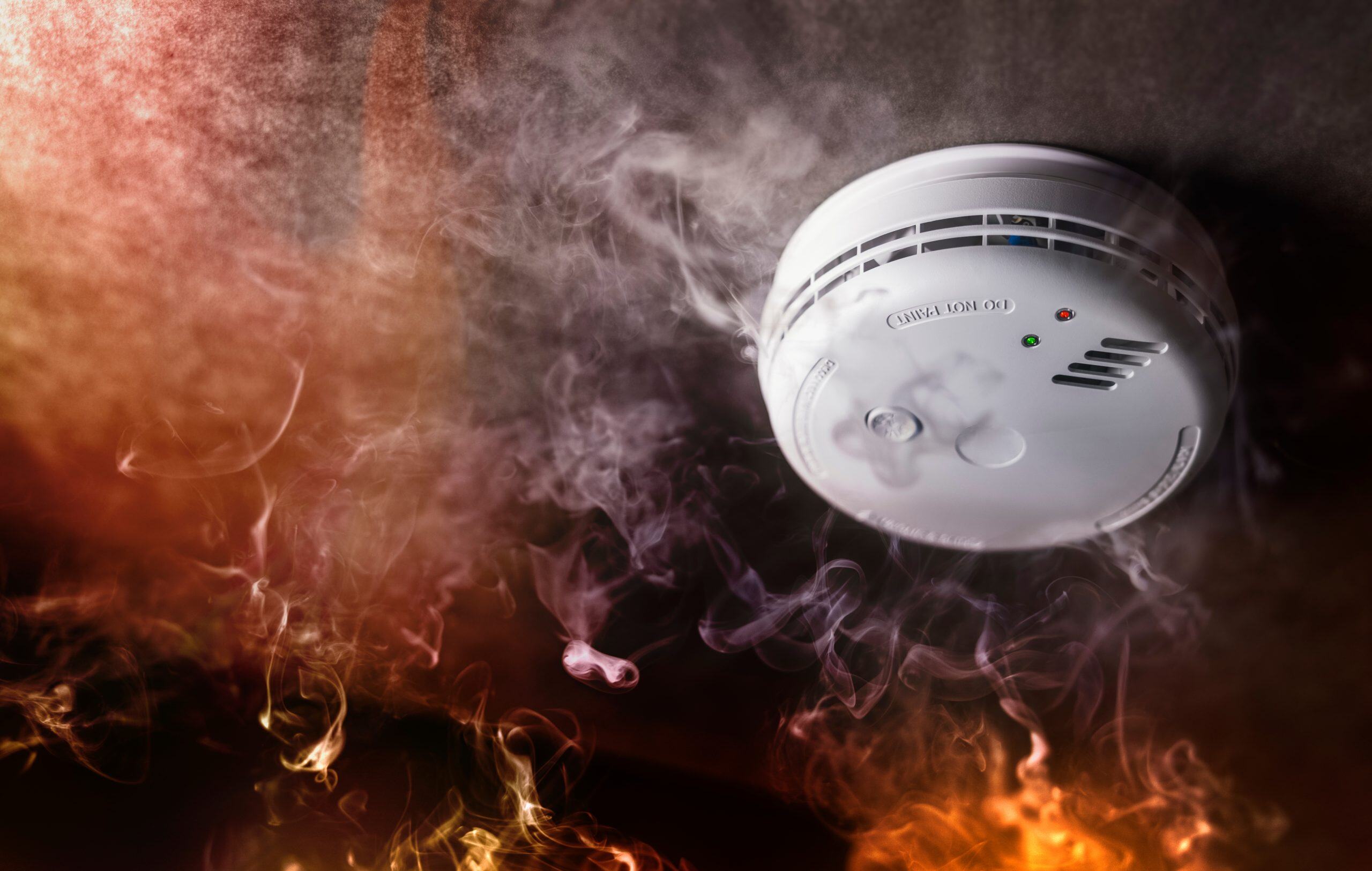
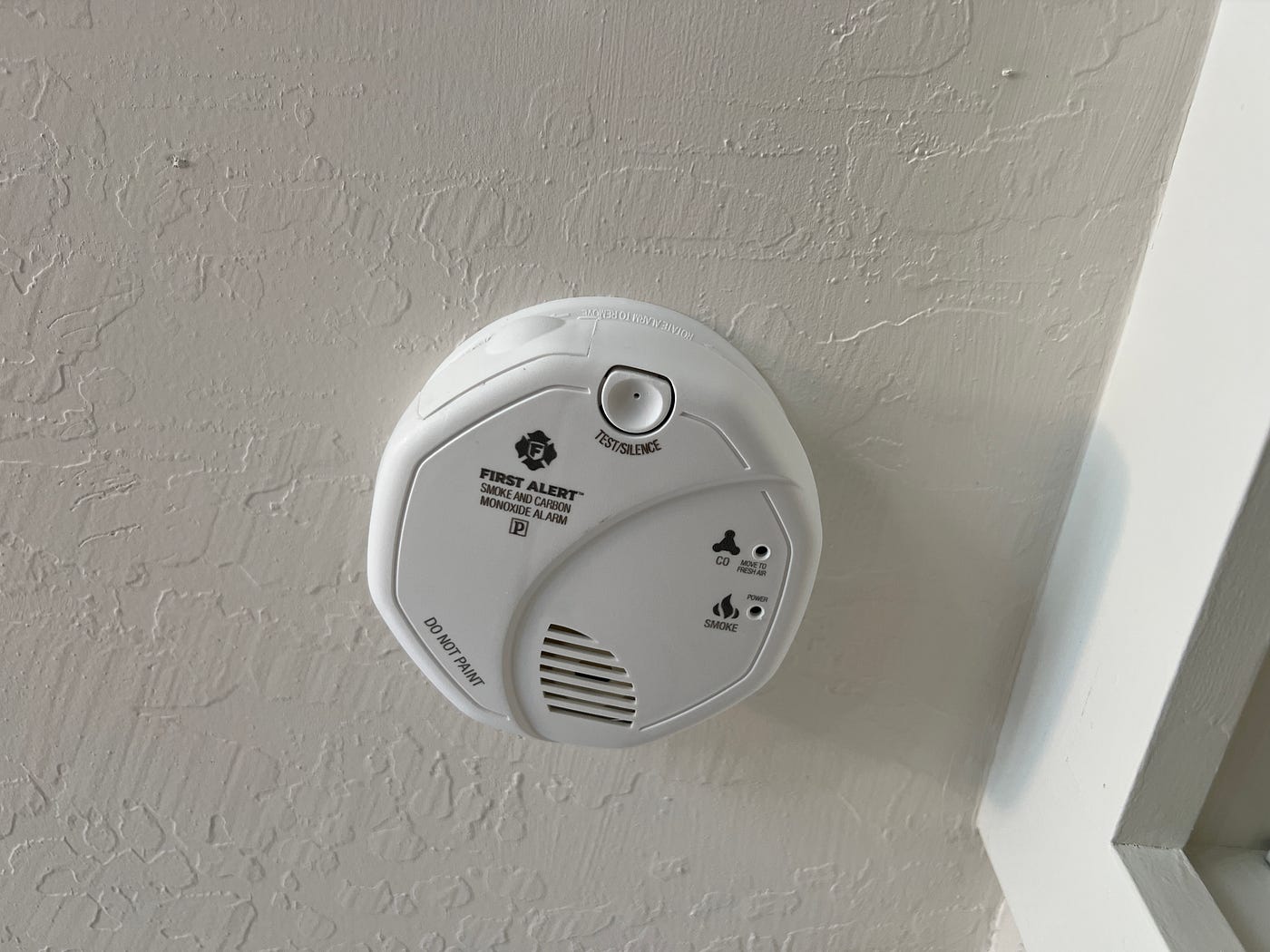
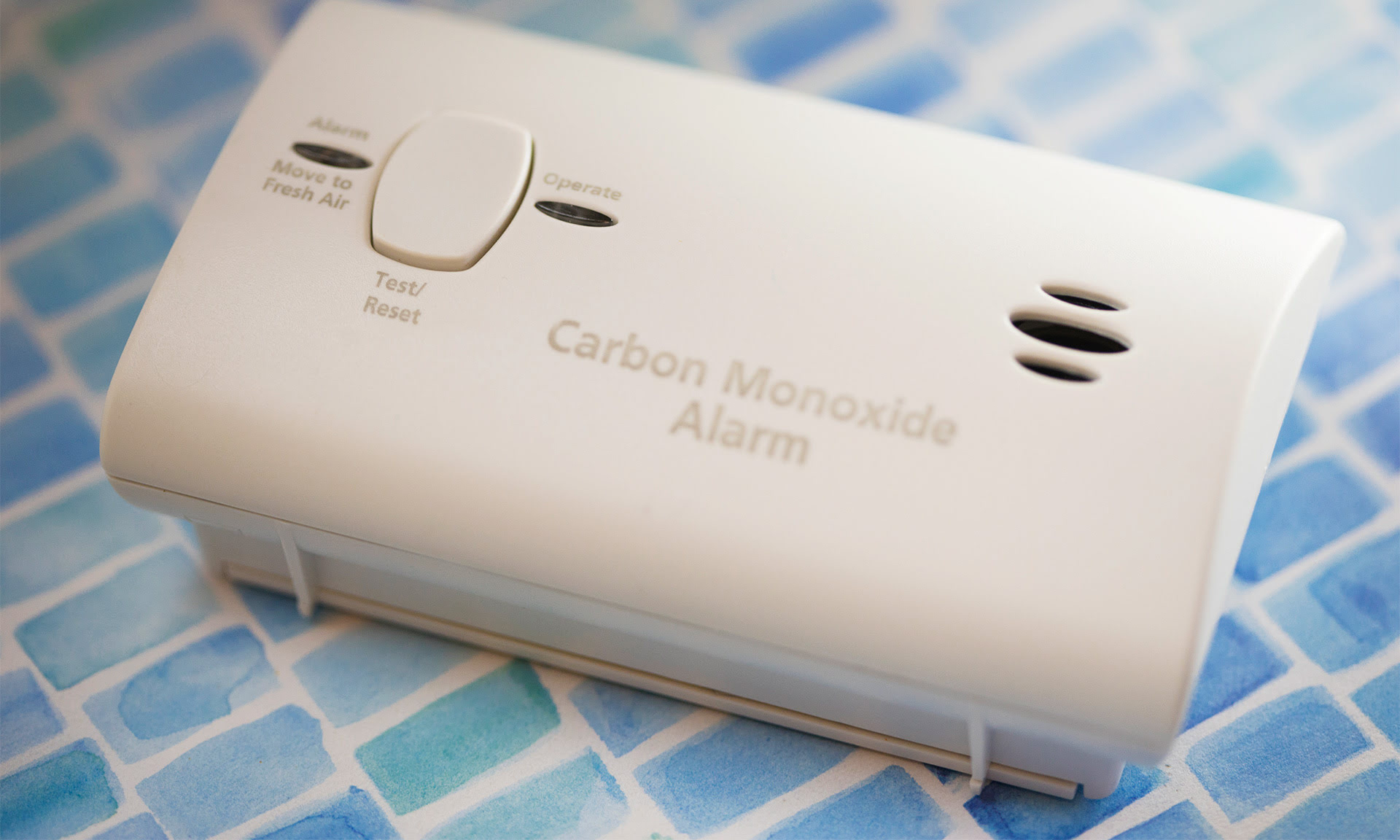
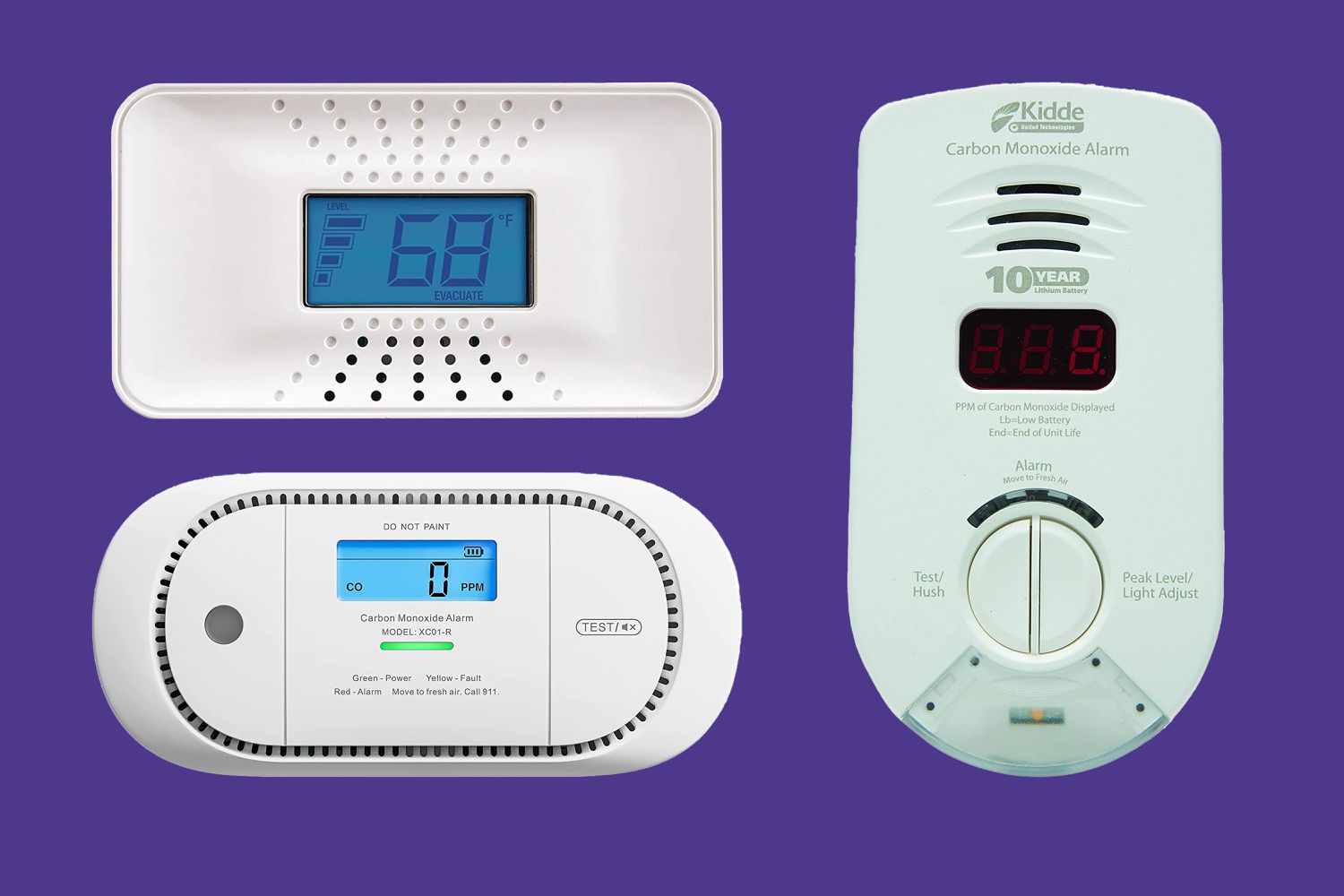
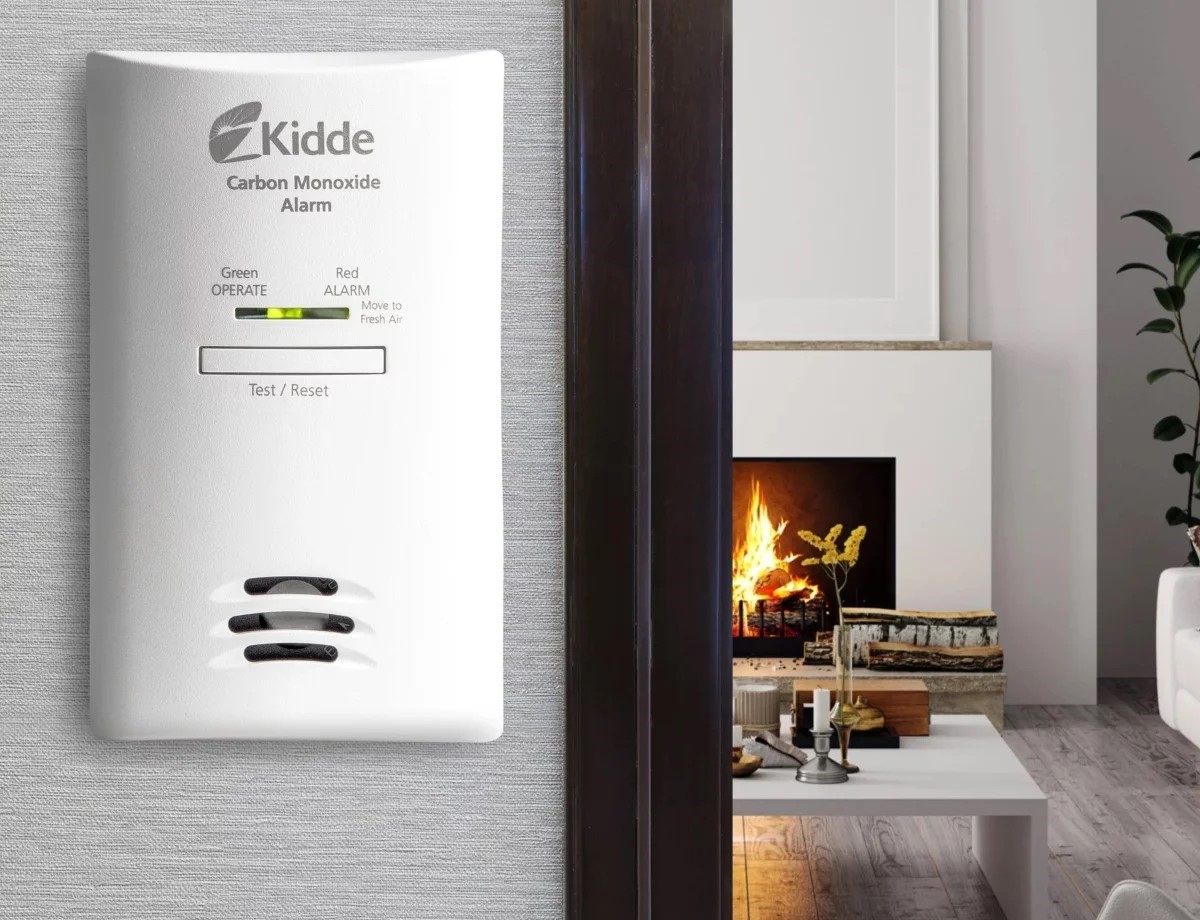
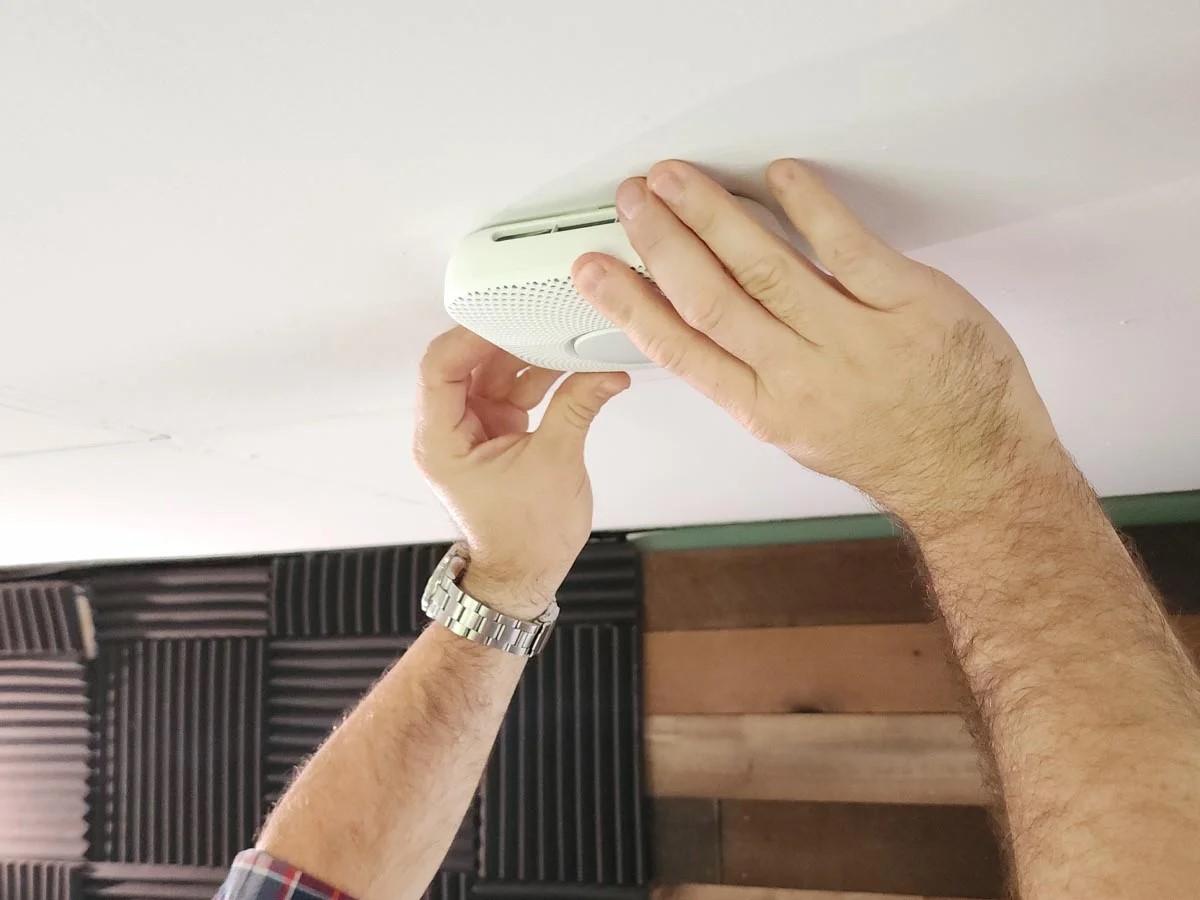
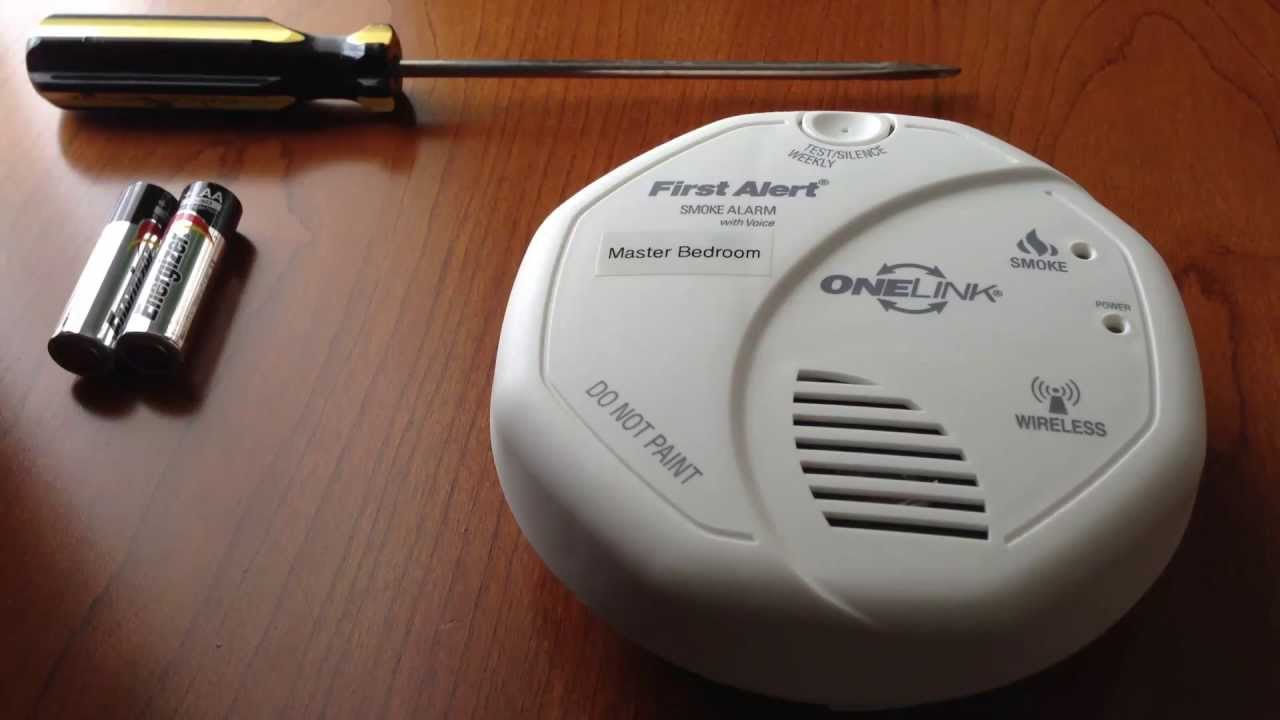
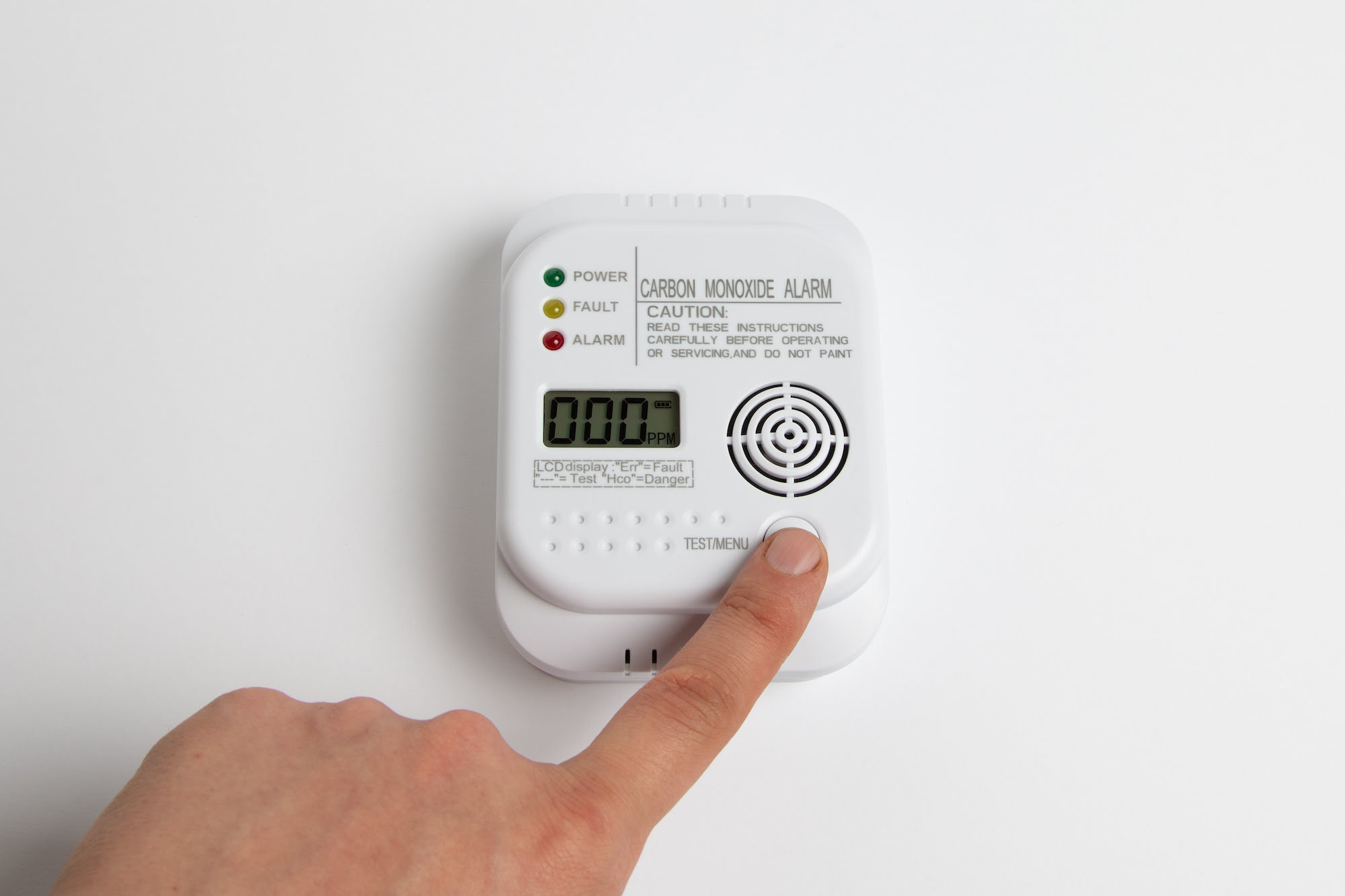
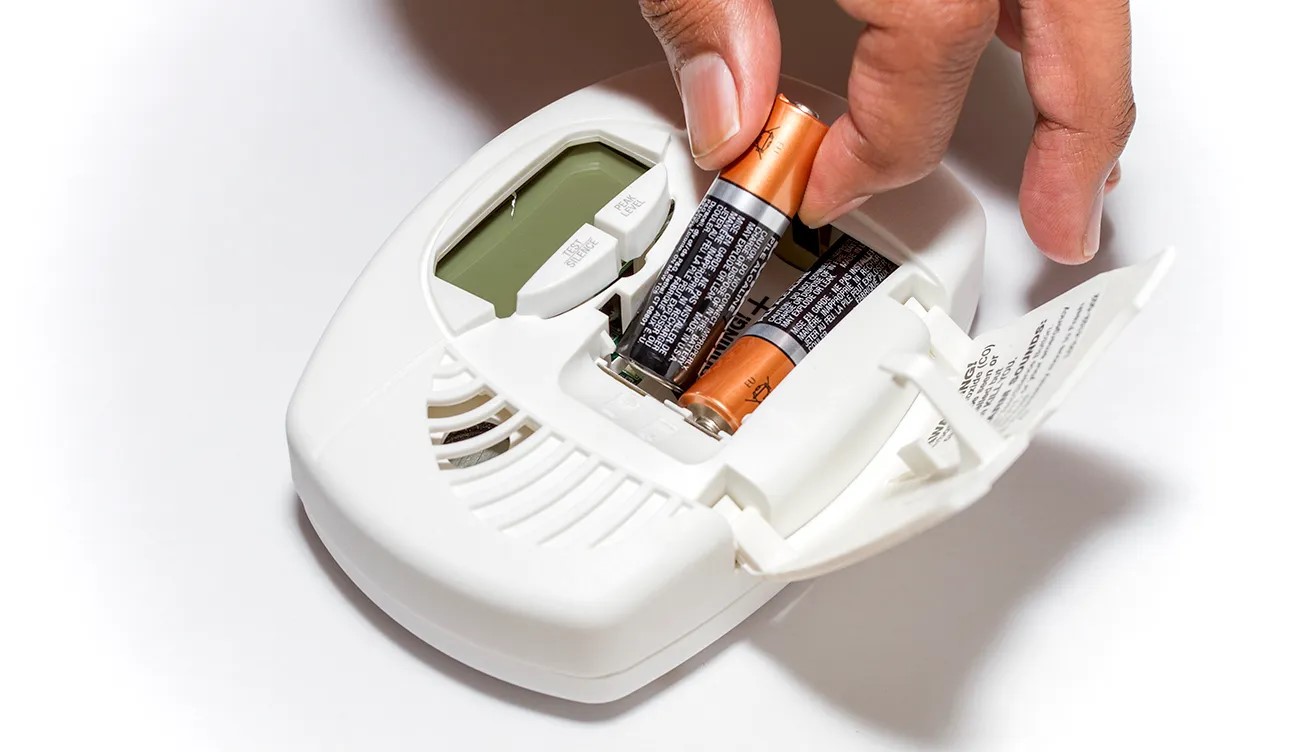
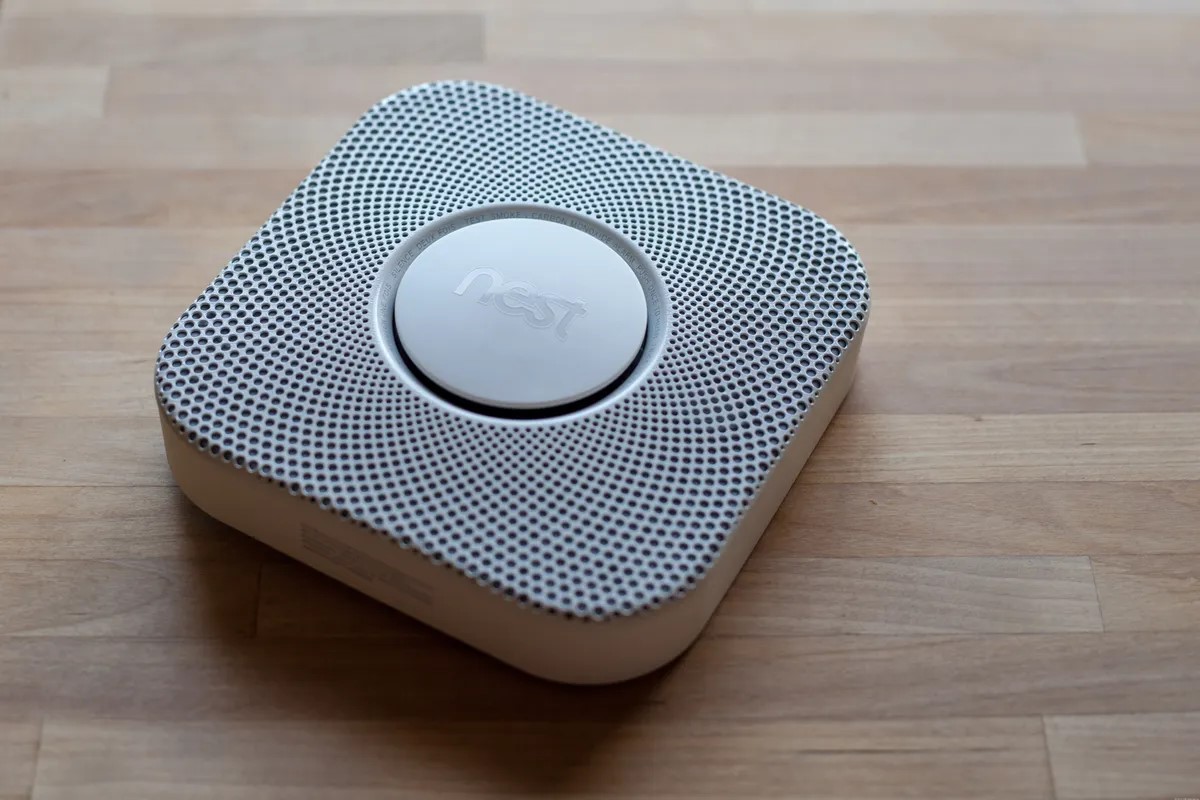
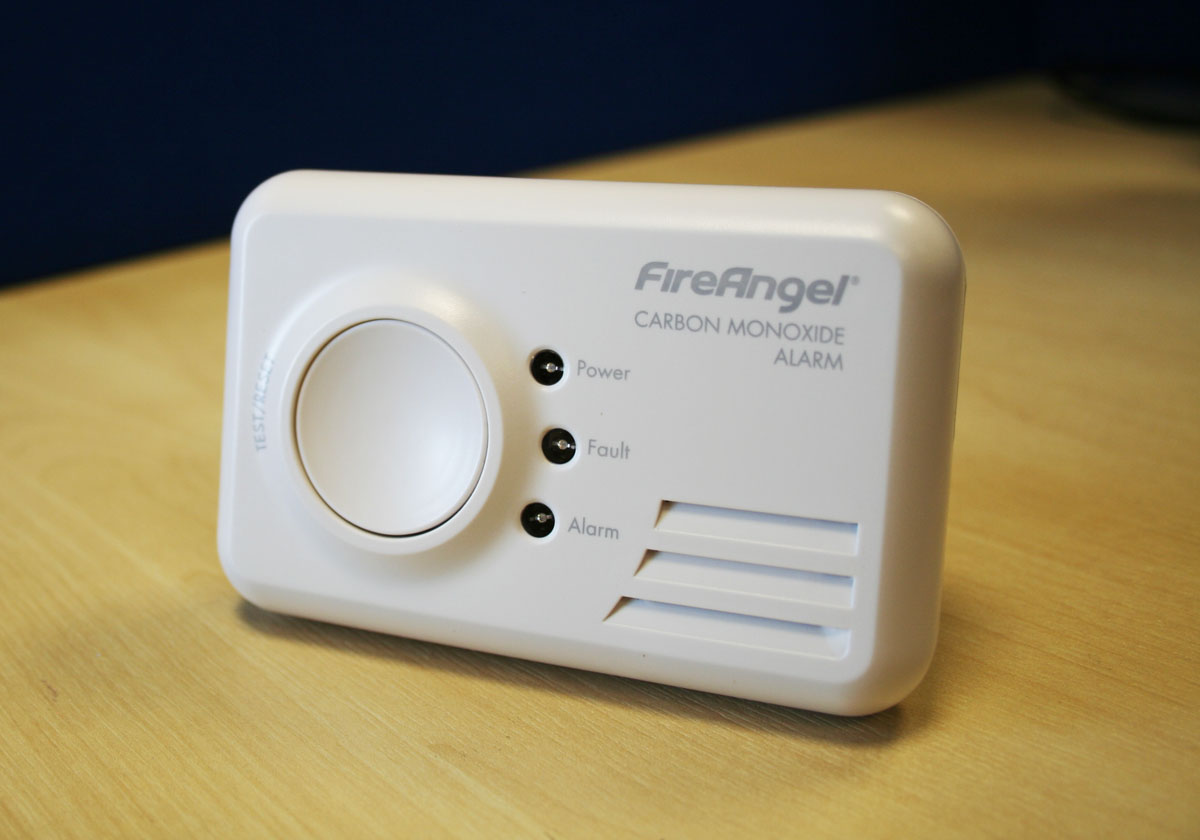
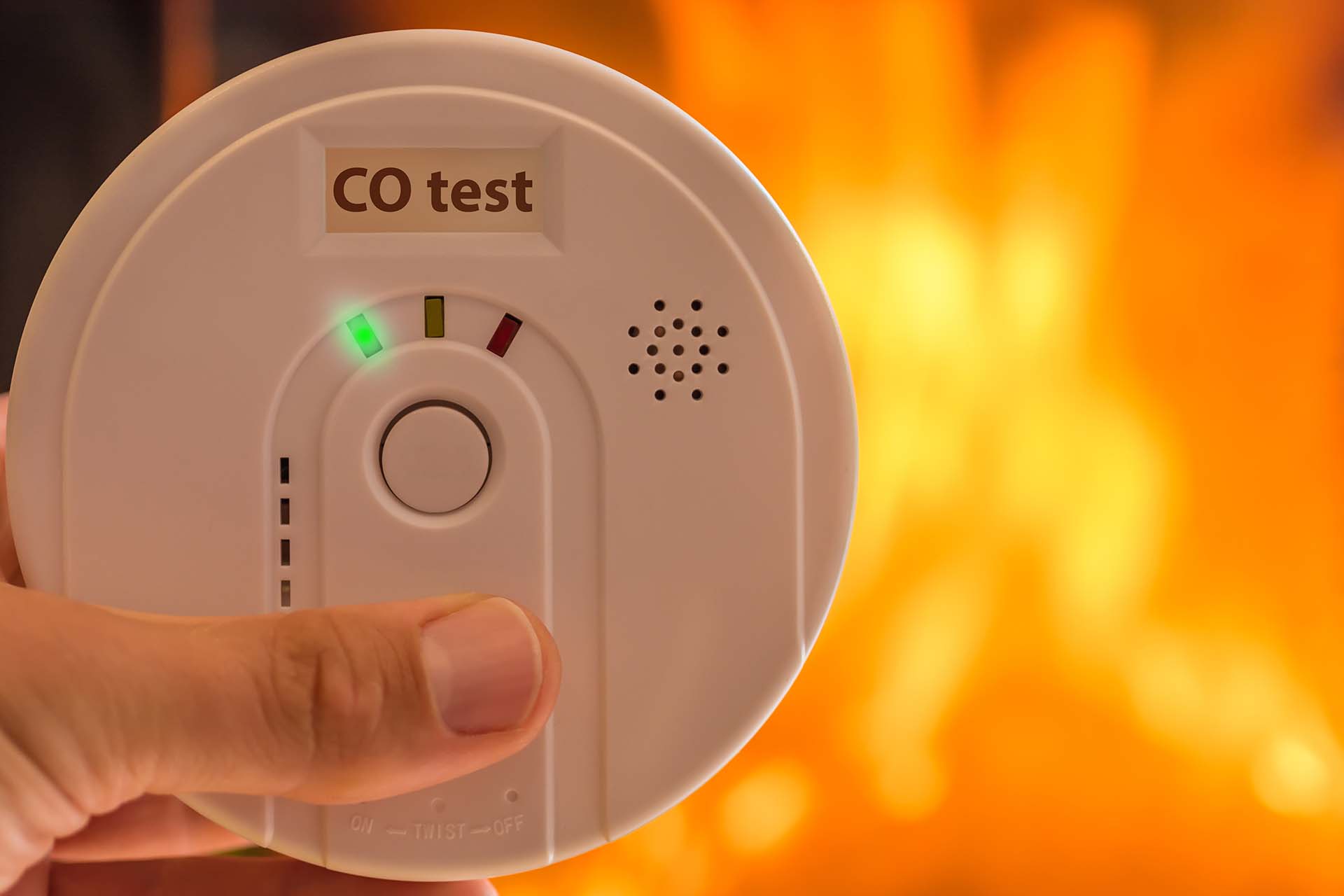
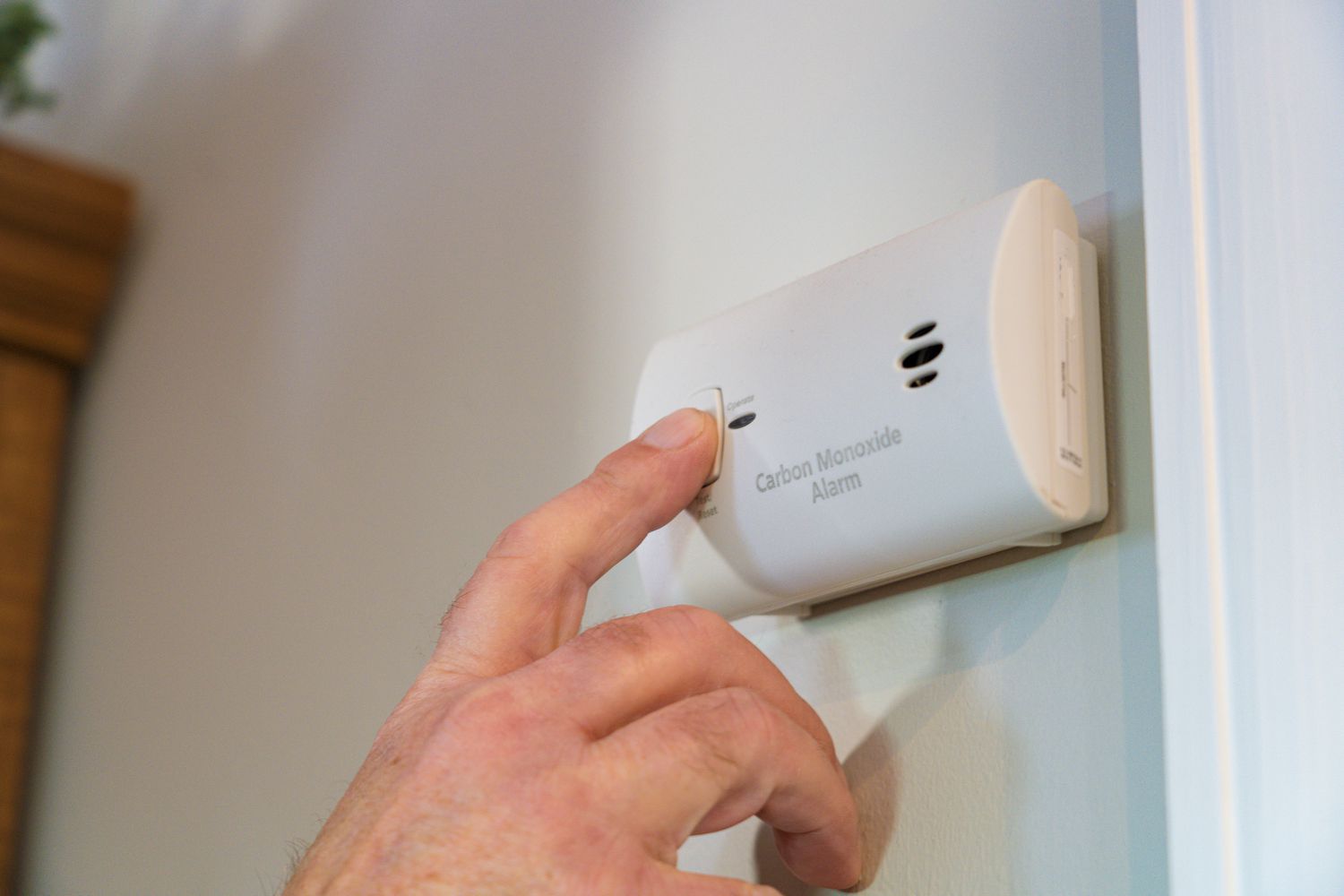
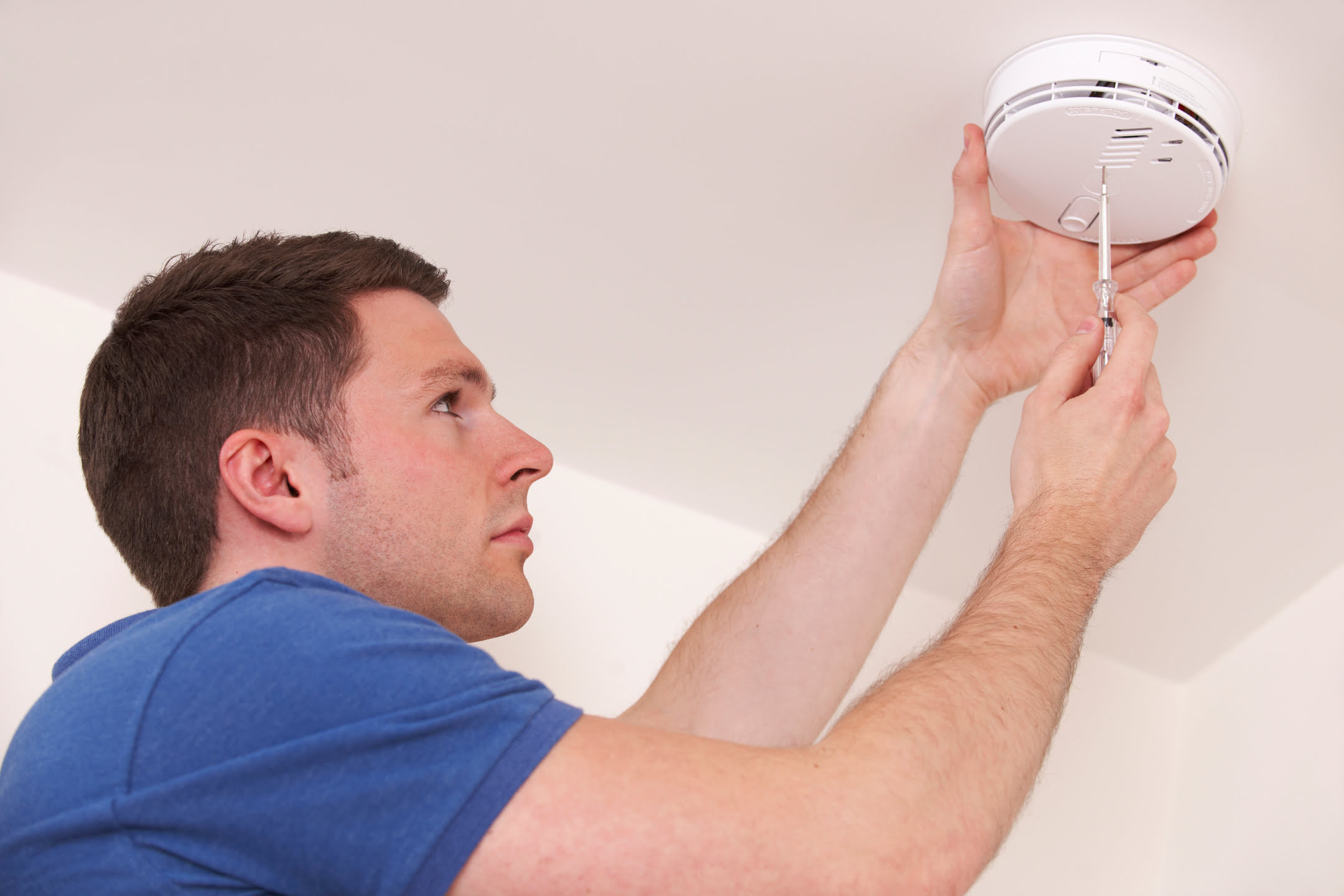

0 thoughts on “What Does L6 Mean On A Carbon Monoxide Detector”